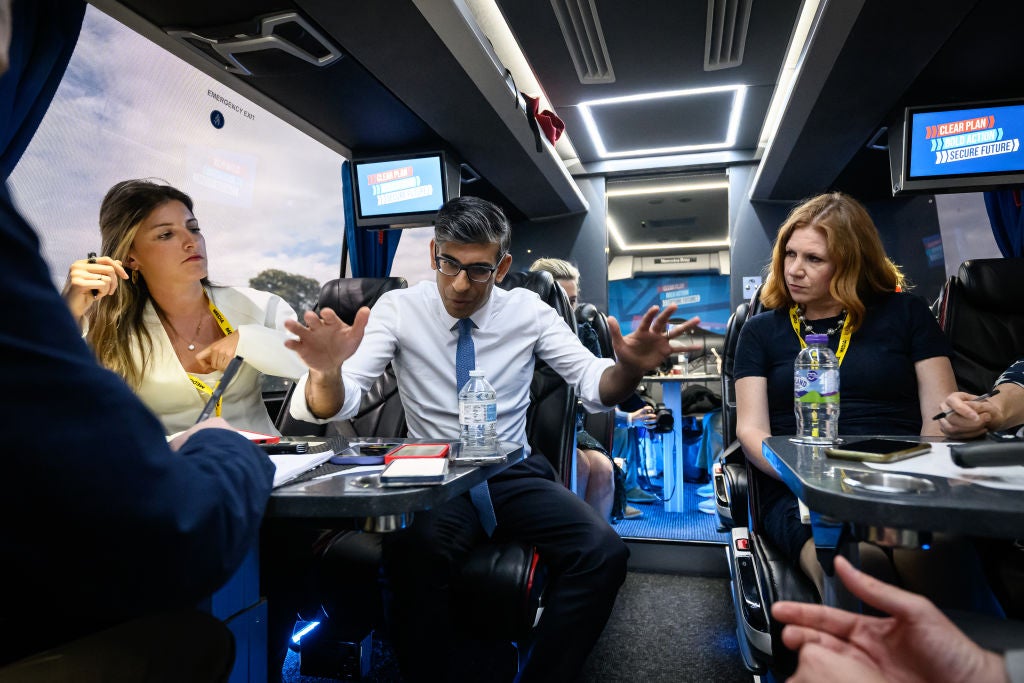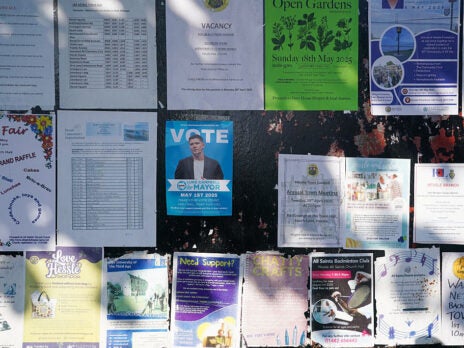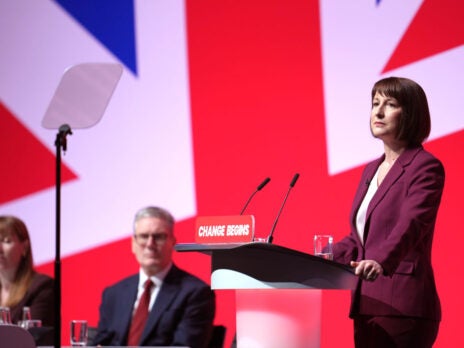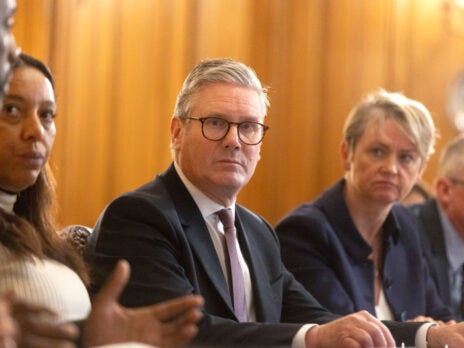
Are campaign visits important? A party leader of note – as opposed to, I suppose, the leader of the English Democrats – being seen seen and heard in a constituency is likely to at least generate a headline or two in the local paper. They might encourage comments on local Facebook groups, normally reserved for snide remarks about bad parking or someone – somewhere, always somewhere! – letting off a firework at lunchtime in June. But I don’t think we can say with certainty the degree by which they shift votes.
But we might learn something about the broader electoral strategy of each party from the seats the leader decides to visit. Though it is an imperfect science: tracking their movements is difficult. Sometimes they come accompanied with cameras and set piece events; other times it is a smaller affair – a trip to a cafe, an hour of door-knocking.
Rishi Sunak has so far visited a broad selection of seats, from the apparently safe to the narrowly marginal. In my mind there is only one way of looking at that.
It’s all out for the Conservatives. If Sunak feels the need to visit Chester South and Eddisbury, as he did via the village of Malpas at the weekend (notionally somewhere that ought to be staunchly Conservative, accounting for boundary changes) then suggestions of a Labour landslide in the realms of 450 seats do not feel quite so ridiculous as first thought. Chester South, according to Britain Predicts, looks set to come down to the wire. Over the past few weeks it has swung Conservative, then Labour by a decimal, then Conservative again by a few points, then Labour by one point. Sunak's visit is a reflection of this uncertainty.
Keir Starmer's focus has been more traditional and conservative. He has visited five seats where Labour were behind by ten points or less at the last election. Most of his visits are to seats where the Conservative lead was greater. From first glance it appears the Labour leader is concentrating on seats that would put his party on course for around 400 seats as opposed to 450. If we look at what Britain Predicts is forecasting right now, he does not seem to be concentrating on uncertain battlefields, ones that polls right now place as "toss-ups."
Ed Davey meanwhile is turning up in seats almost exclusively forecast to vote Liberal Democrat in July, including seats where the Liberal Democrats were more than 30 points behind in 2019.
I would note, though somewhat hard to see in the chart, that Davey appears to be focussing on seats with historic Liberal Democrat strength. The Conservative vote is presently in a state of free-fall and that has meant a dozen or so seats falling into the Liberal Democrats' hands by default, such as Stratford-on-Avon and the South Cotswolds. They are not the party's traditional heartlands. Davey seems to be avoiding seats of this nature so far.
Tracking these visits is hit and miss. You sometimes have to rely on Facebook postings to find out where the leaders are, as opposed to set-piece events with big media attendance. So it is inevitable that one or two visits may end up missing from this page. Nevertheless, it does appear that Starmer is visiting fewer seats than Sunak. And while Sunak is casting his net far and wide, Starmer is playing it relatively safe.


